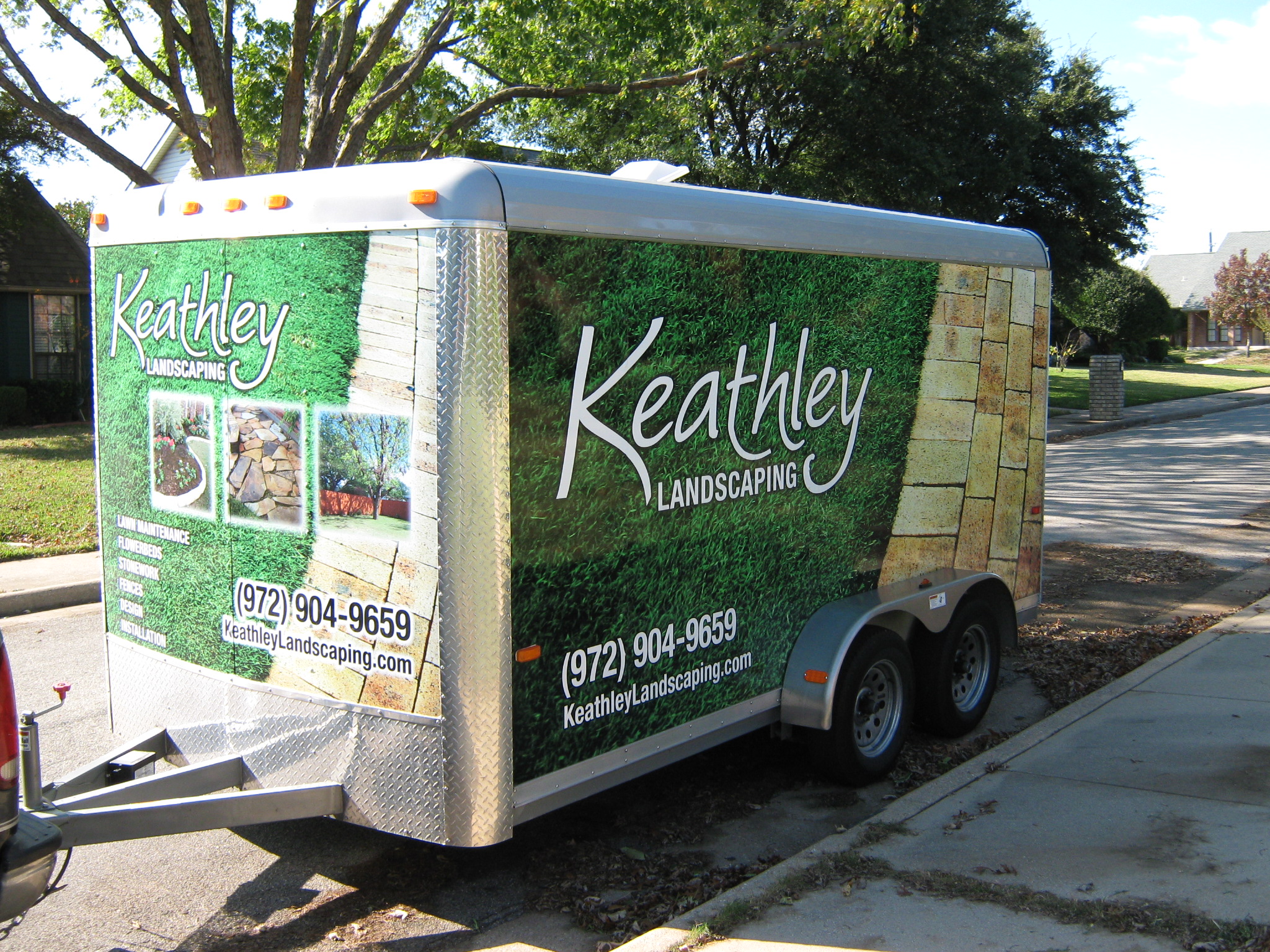Yard Drainage in Coastal Areas: Addressing Unique Challenges 🌊
Living in a coastal area comes with its own set of joys and challenges. The sound of the ocean, the fresh sea breeze, and stunning views make it a dream for many. However, when it comes to yard maintenance, coastal homeowners face unique challenges, especially with drainage. In this blog post, we’ll dive into the intricacies of yard drainage in coastal areas and provide practical solutions to keep your yard looking its best.
Table of Contents
1. Introduction: The Coastal Drainage Dilemma
2. Understanding Coastal Soil Types 🌱
3. Common Drainage Challenges in Coastal Yards
4. Effective Drainage Solutions for Coastal Properties
5. Conclusion: Embrace the Coastal Life without Worries
6. FAQ Section
Introduction: The Coastal Drainage Dilemma
Coastal areas are notorious for their unique weather patterns and soil compositions, which often lead to drainage problems. With frequent rainfall and high water tables, water management becomes crucial to prevent waterlogging and maintain a healthy landscape. Let’s explore the factors contributing to these challenges and how to address them effectively.
Understanding Coastal Soil Types 🌱
The soil in coastal areas can be quite different from what you might find inland. Sandy soils are common, known for their quick drainage properties. While this might sound ideal, it can also mean that water drains too quickly, leaving plants thirsty. On the other hand, some coastal areas have clay-heavy soils that retain water, leading to waterlogging. Understanding your soil type is the first step in addressing drainage issues.
Common Drainage Challenges in Coastal Yards
Several factors contribute to drainage challenges in coastal areas:
High Water Tables: Coastal areas often have high water tables, meaning the soil is already saturated, leaving little room for additional water.
Frequent Storms: Coastal regions are prone to heavy rains and storms, which can quickly overwhelm drainage systems.
Saltwater Intrusion: In some areas, saltwater can seep into the soil, affecting plant growth and soil structure.
Effective Drainage Solutions for Coastal Properties
To manage these challenges, consider the following solutions:
Install French Drains: These are excellent for redirecting water away from your yard. They involve a trench filled with gravel and a perforated pipe that collects and diverts water.
Rain Gardens: These are beautiful and practical, allowing you to plant native, water-loving plants in low areas of your yard to absorb excess water.
Permeable Paving: Replace traditional paving with permeable materials that allow water to seep through and into the ground, reducing runoff.
Soil Amendments: Improve your soil’s drainage capabilities by adding organic matter or sand to clay-heavy soil, or adding compost to sandy soil to improve water retention.
Conclusion: Embrace the Coastal Life without Worries
While coastal living presents unique challenges, effective yard drainage solutions can help maintain a healthy and beautiful landscape. By understanding your soil, planning strategically, and using the right techniques, you can enjoy the benefits of coastal living without the headaches of drainage issues. Remember, a well-drained yard is a happy yard! 🌿
FAQ Section
Q: How can I tell if my yard has a drainage problem?
A: Look for signs like pooling water, soggy soil, or plant growth issues. If these are present, you likely have a drainage issue.
Q: What is the best type of grass for coastal areas?
A: Opt for salt-tolerant grasses like Bermuda or Zoysia, which thrive in coastal conditions.
Q: Can I manage yard drainage on my own?
A: While some solutions like rain gardens can be DIY projects, more complex drainage issues may require professional assistance.
Q: How does climate change affect coastal drainage?
A: Rising sea levels and increased storm frequency can exacerbate drainage issues, making proactive solutions even more critical.
Q: Are there any specific plants suitable for rain gardens?
A: Yes, plants like blue flag iris, swamp milkweed, and sedges are excellent choices for rain gardens due to their water absorption capabilities.





































Recent Comments